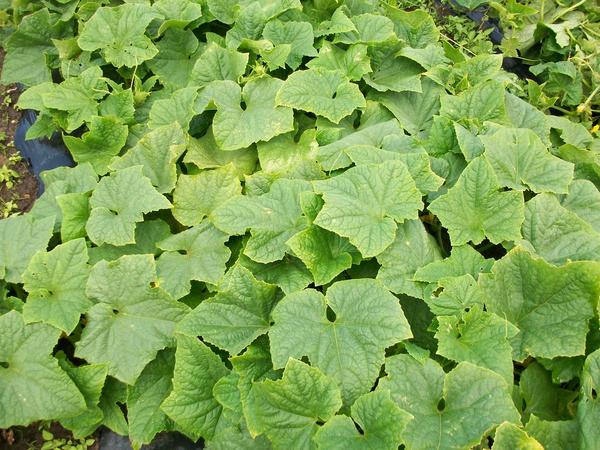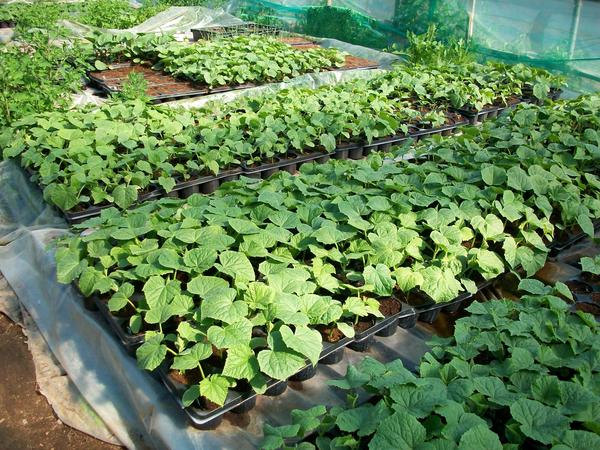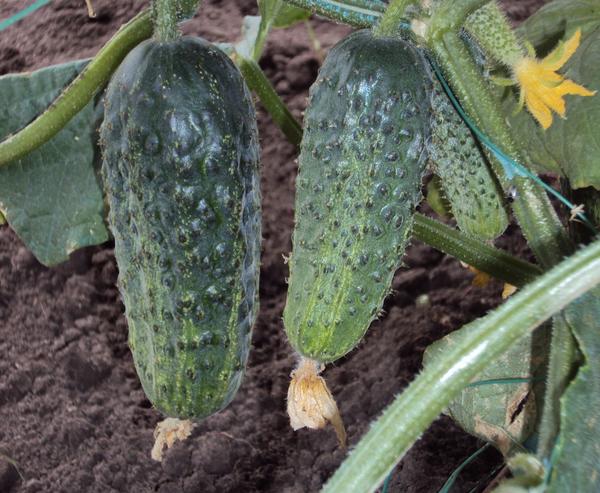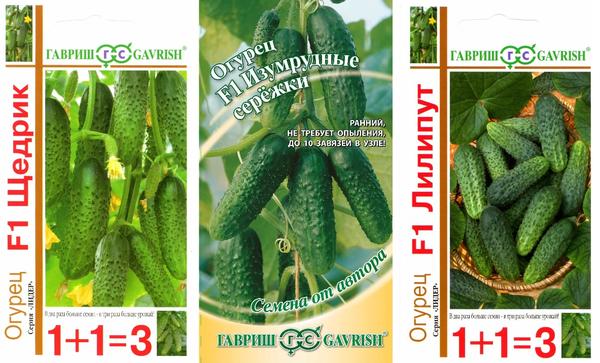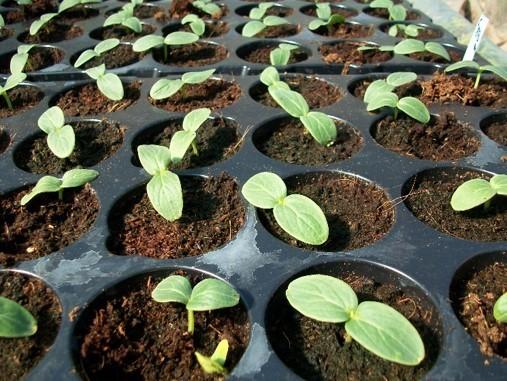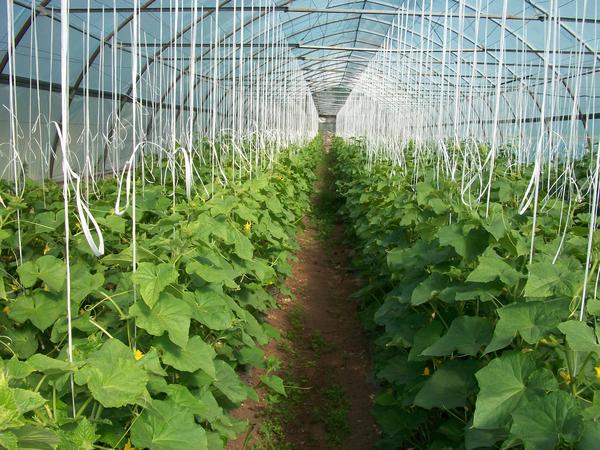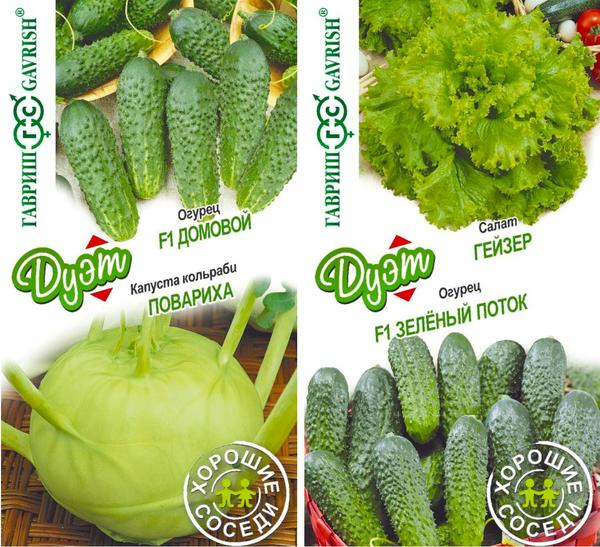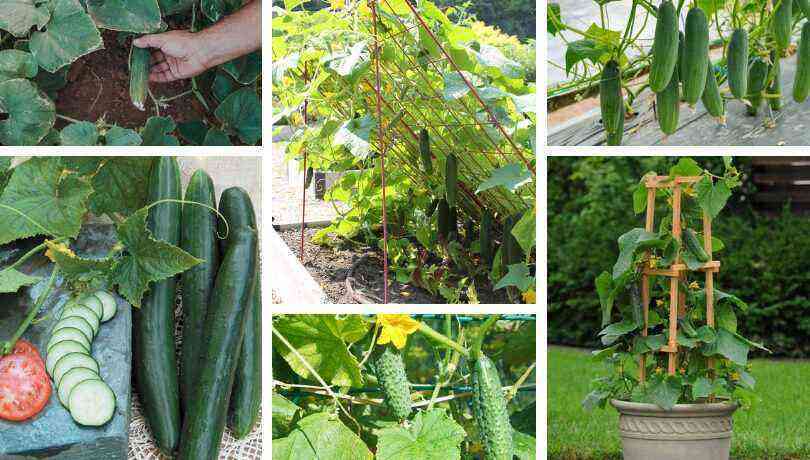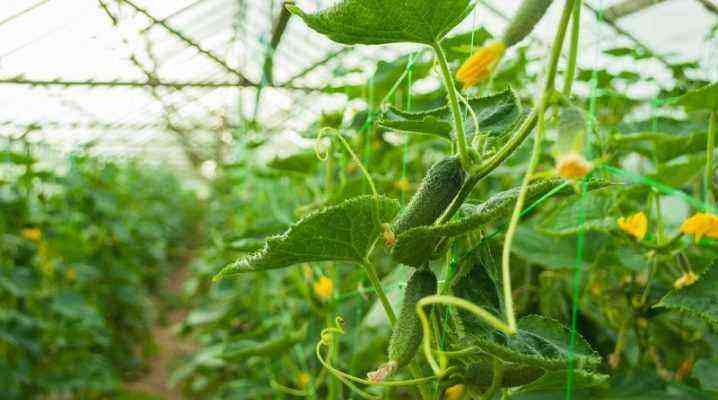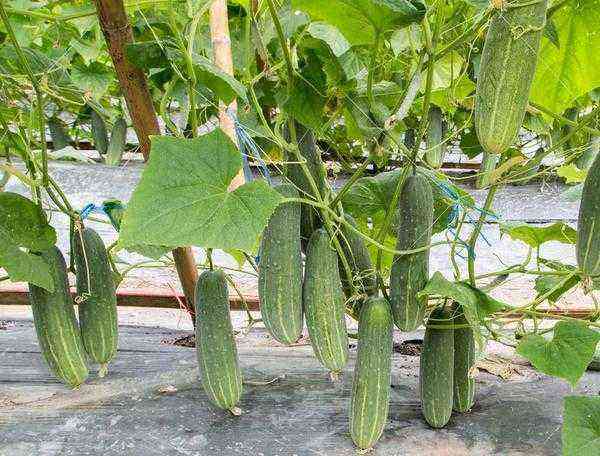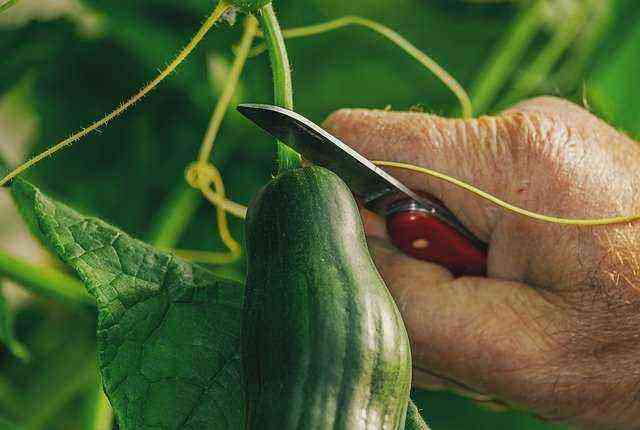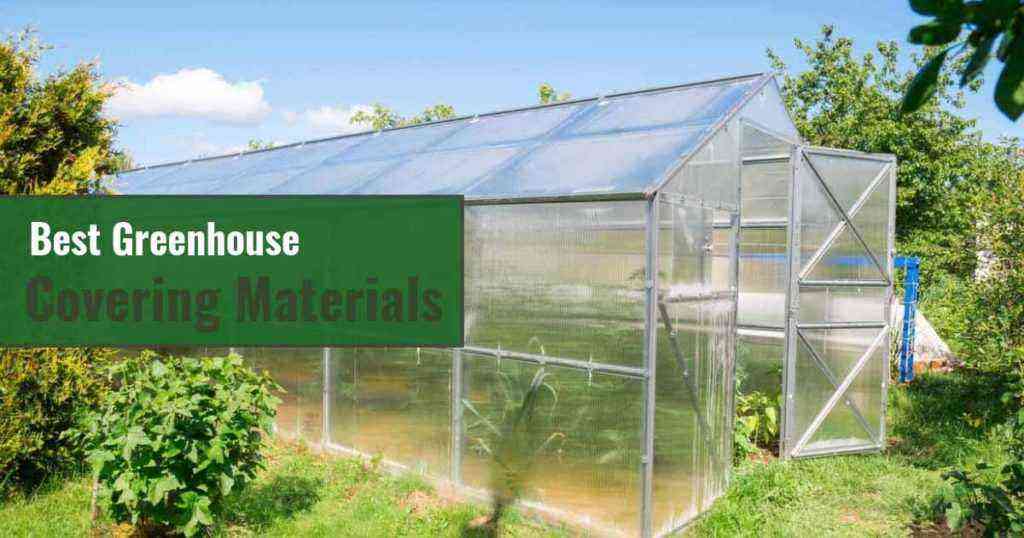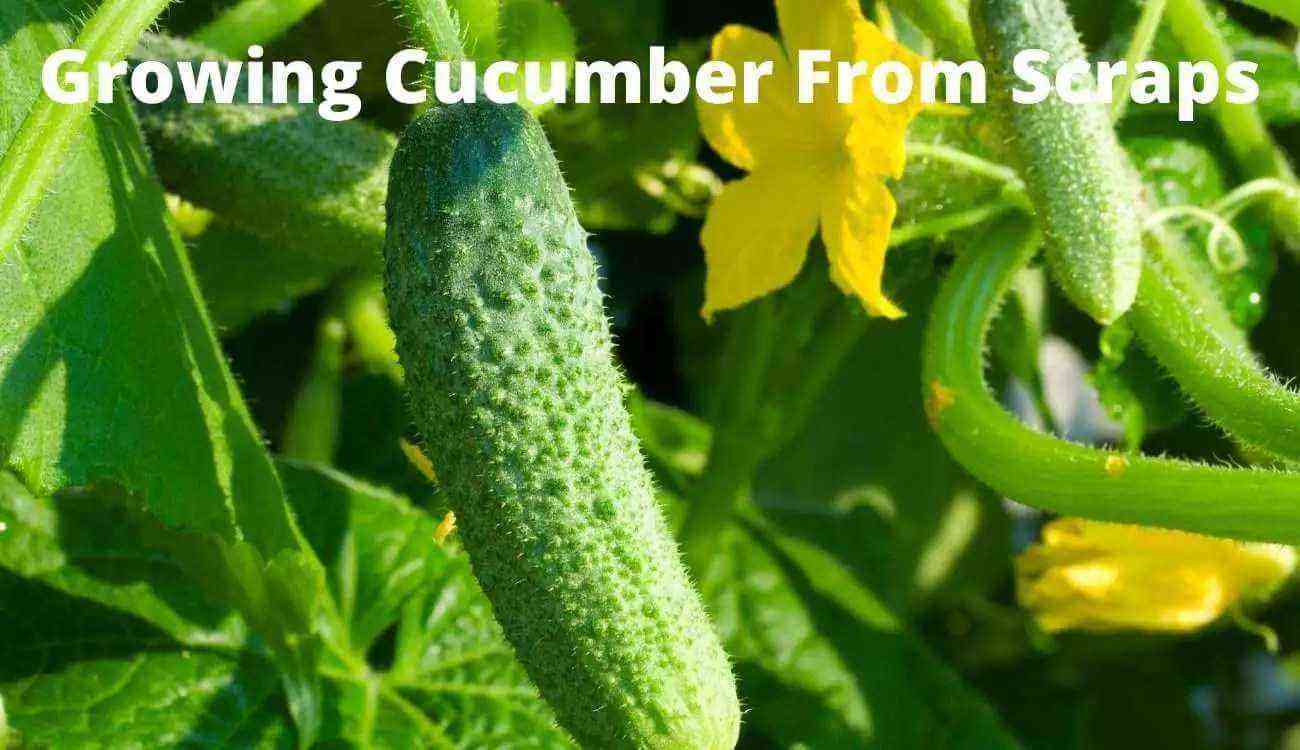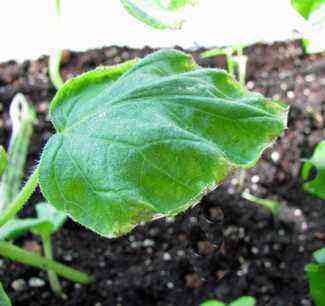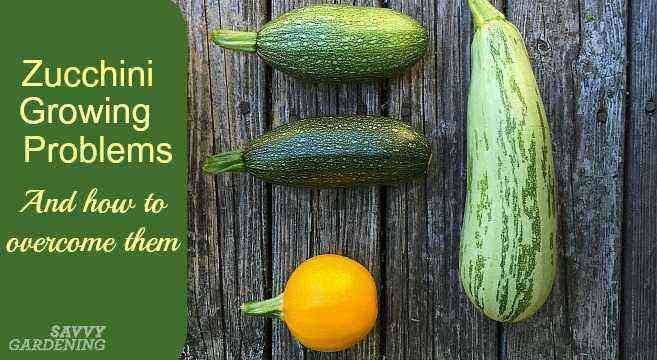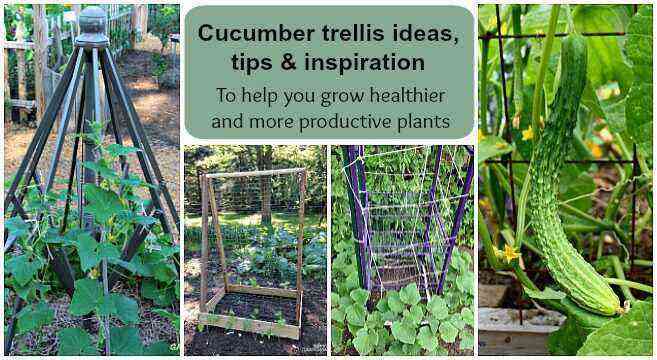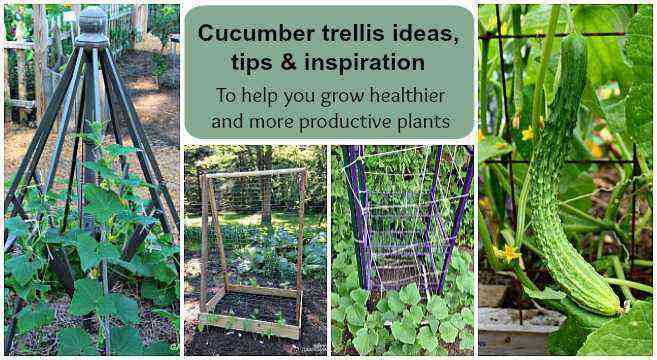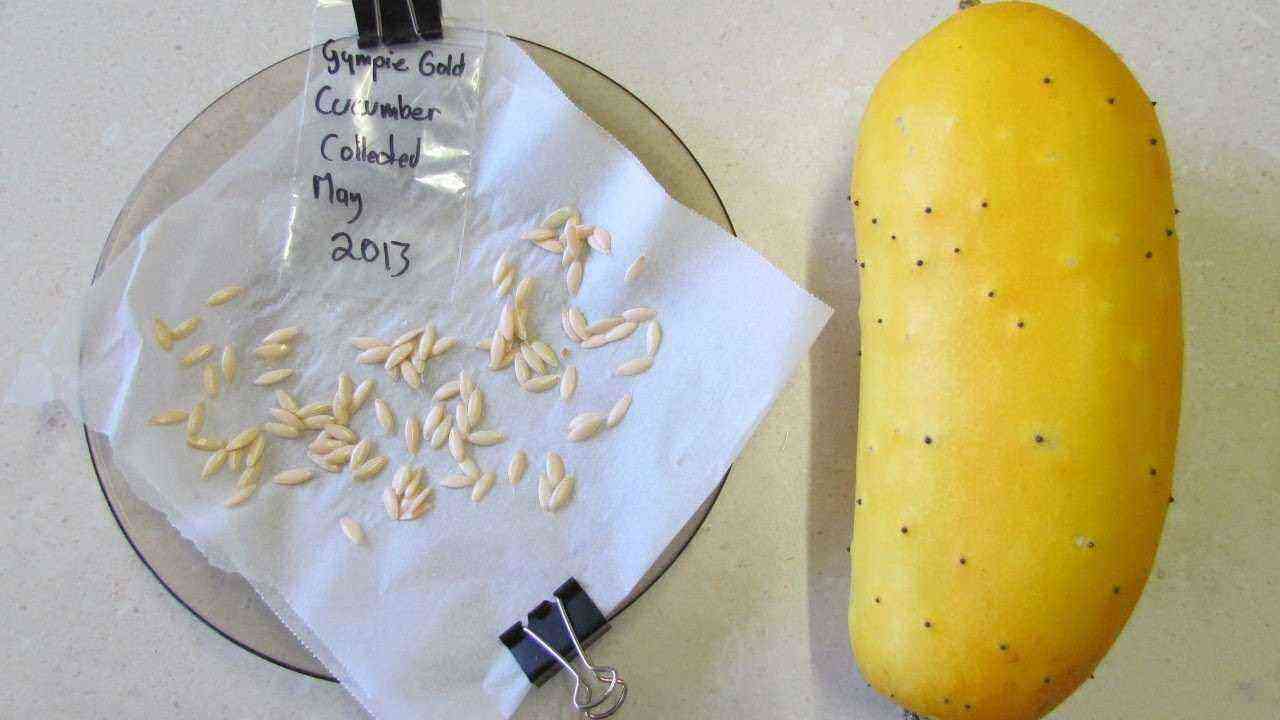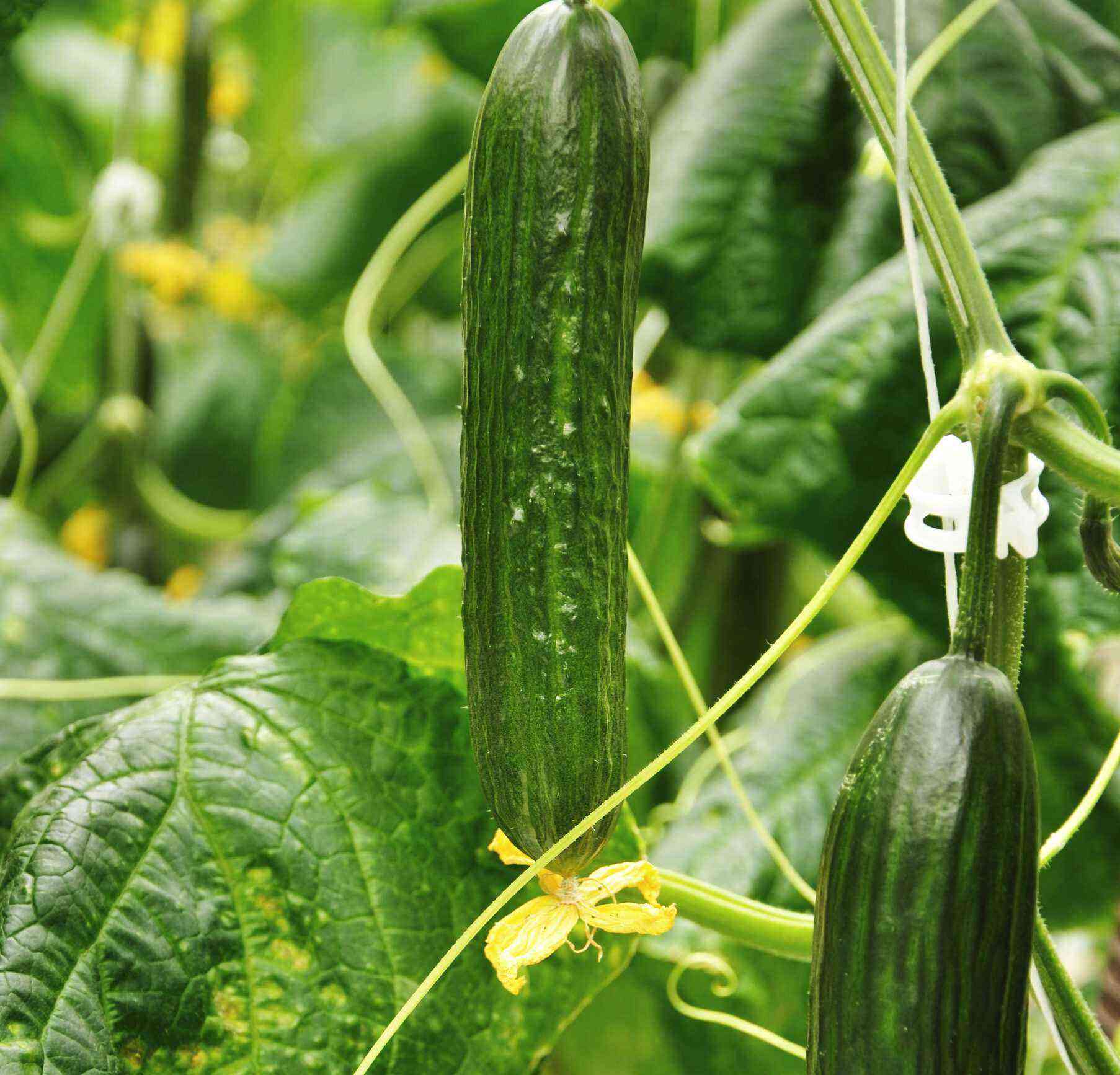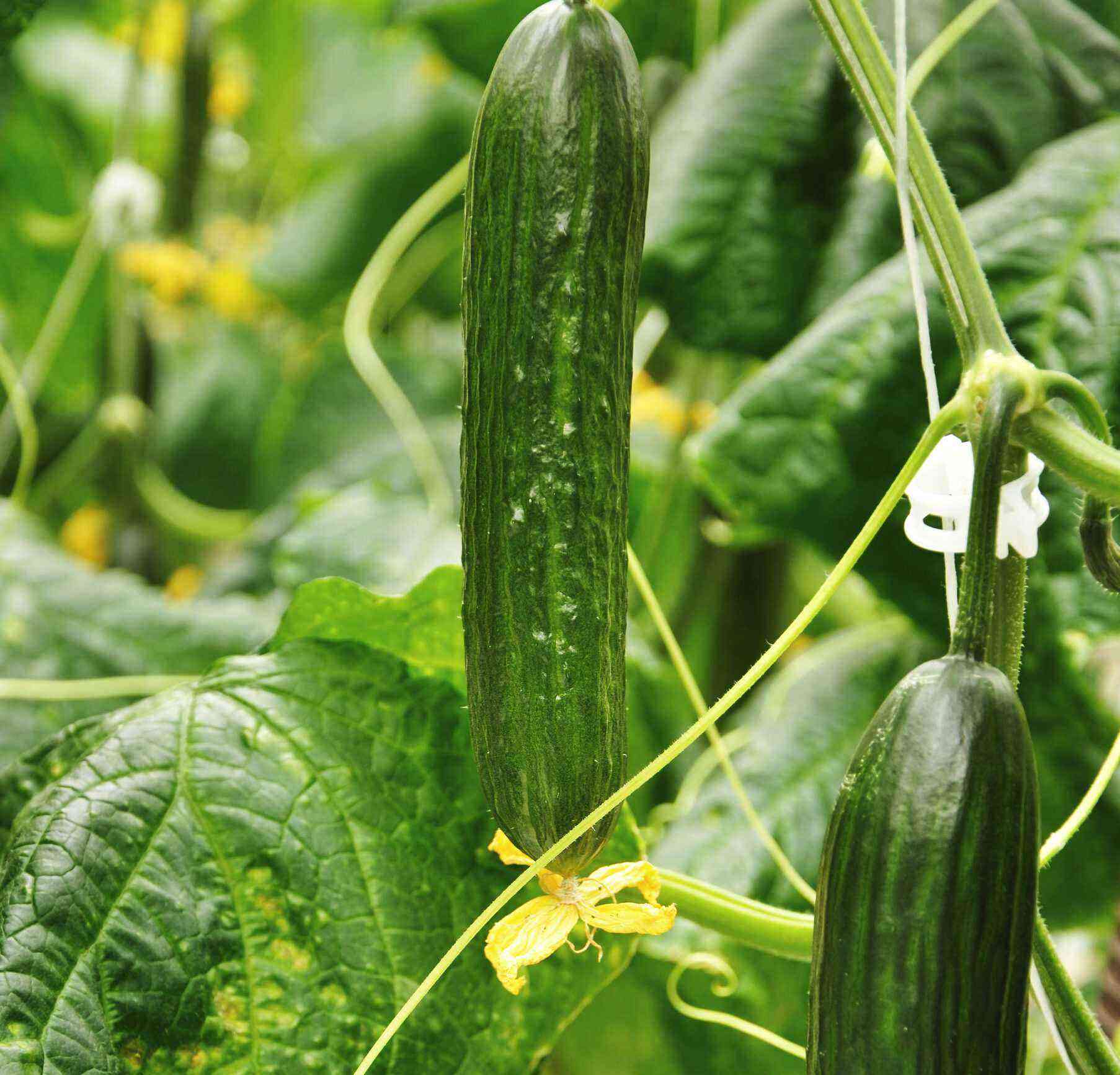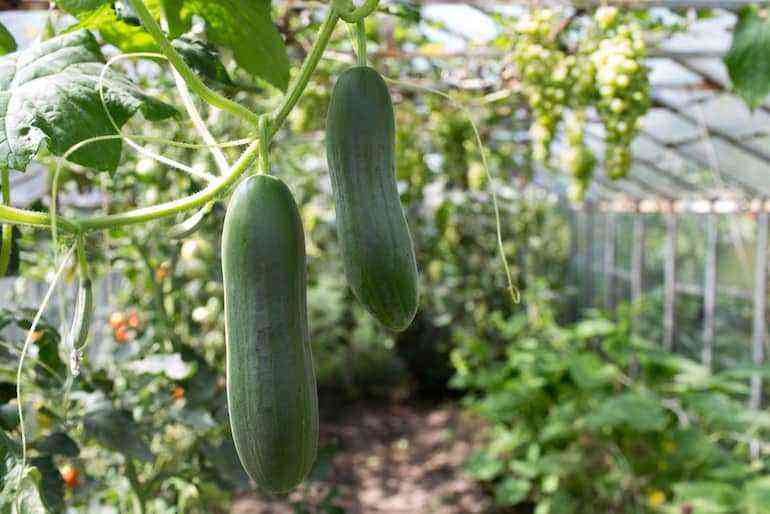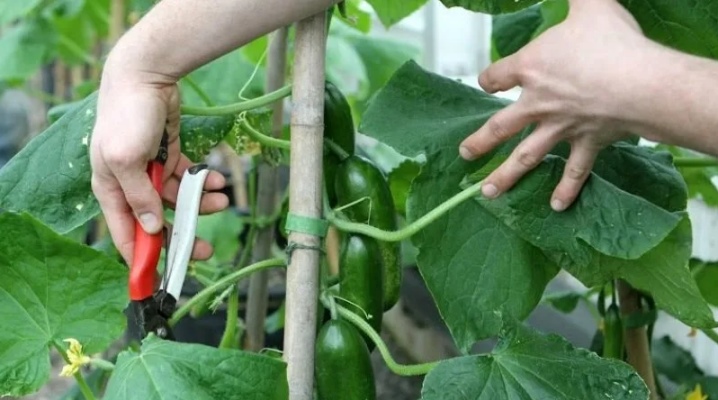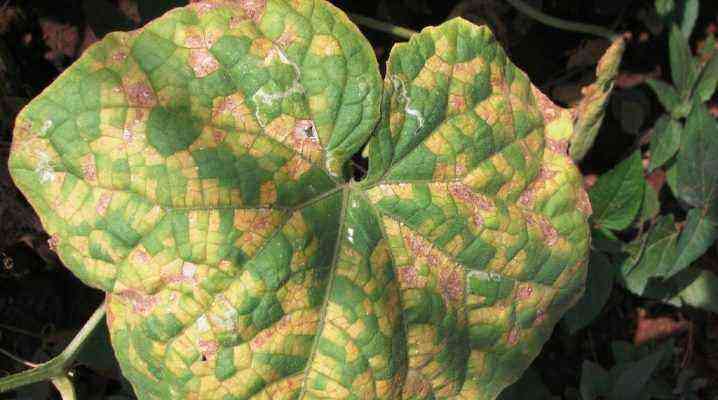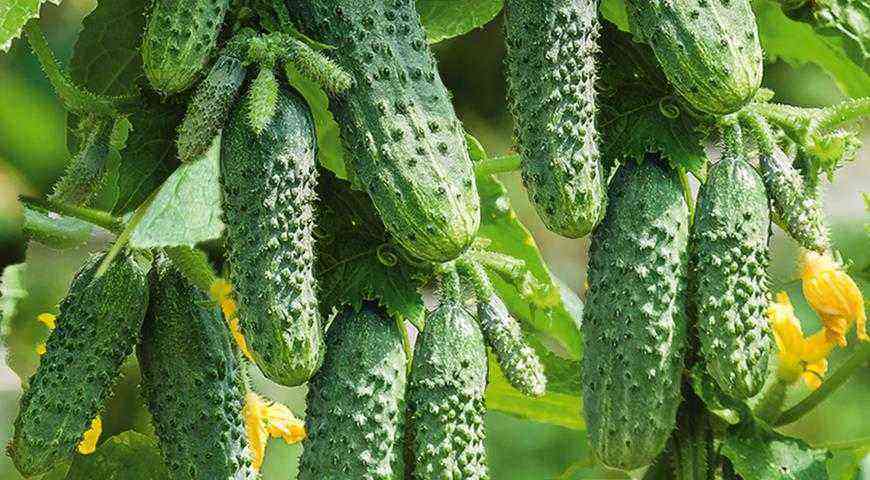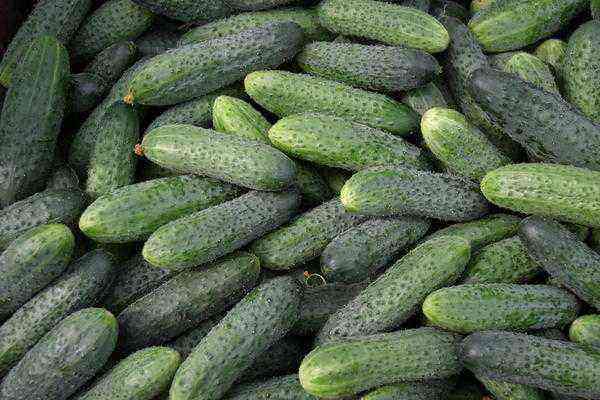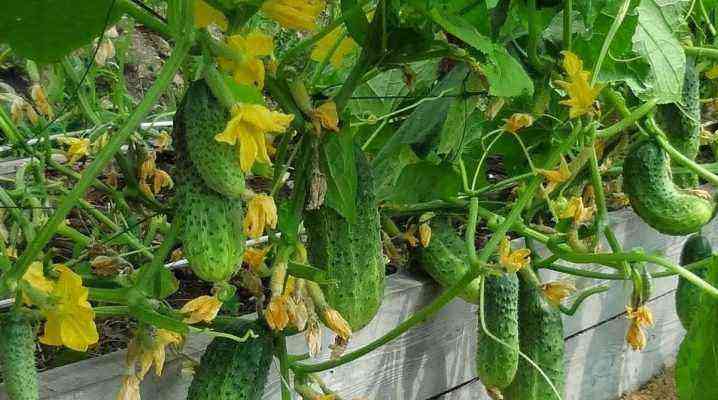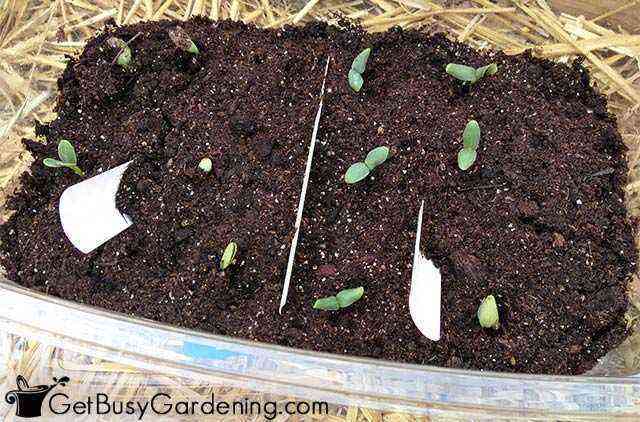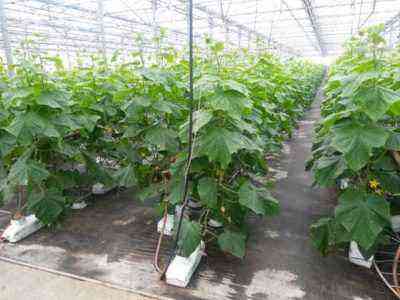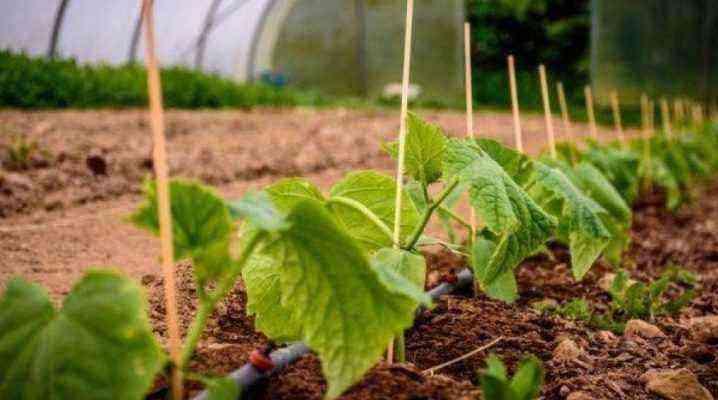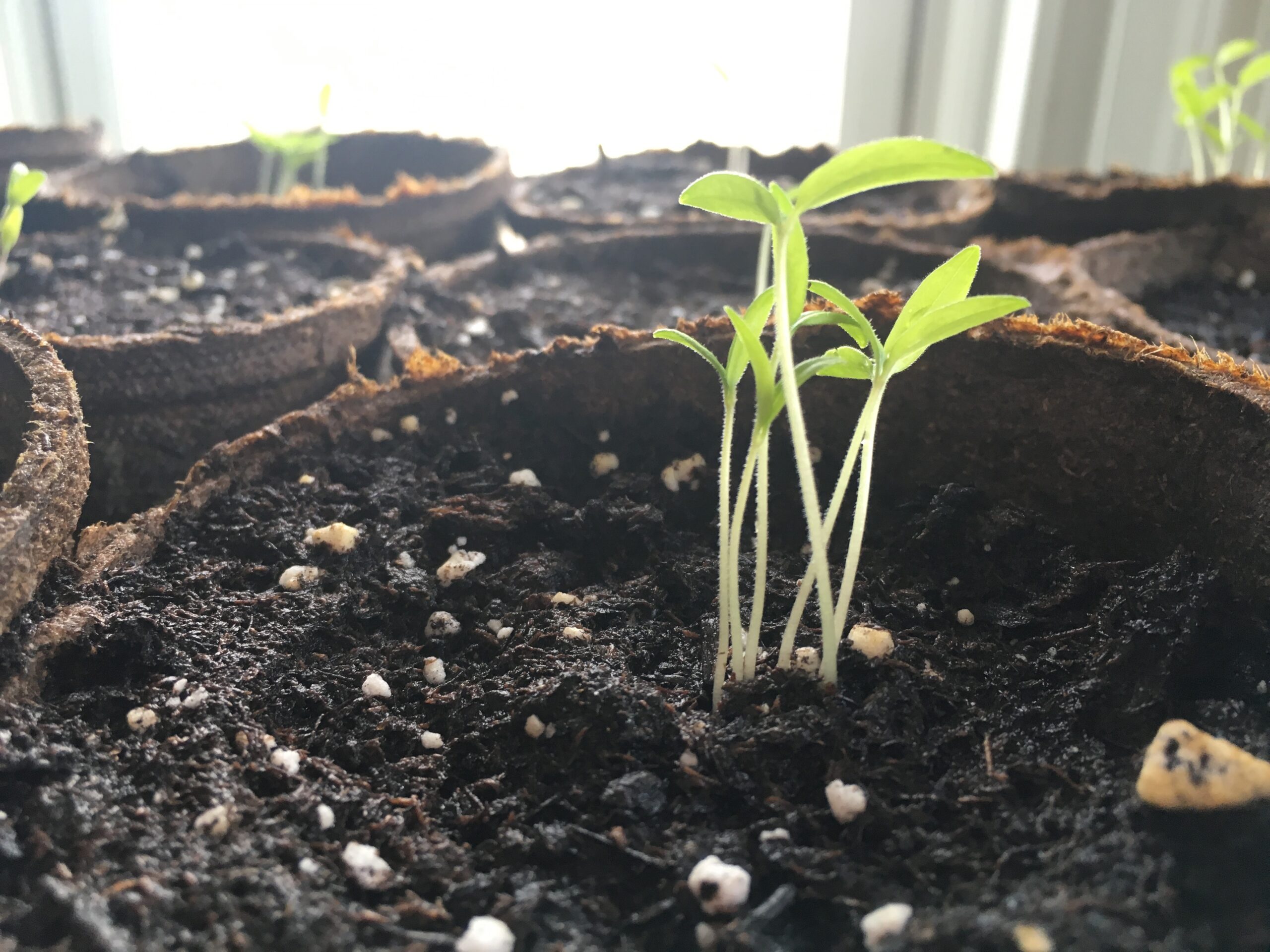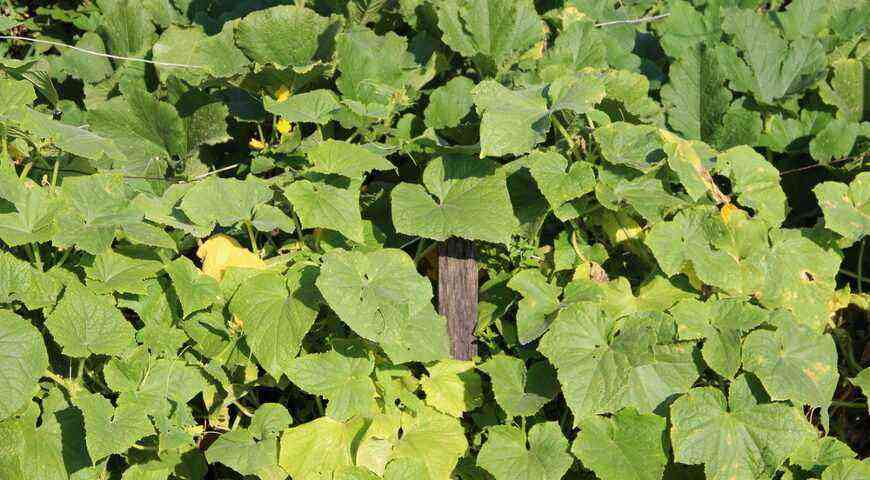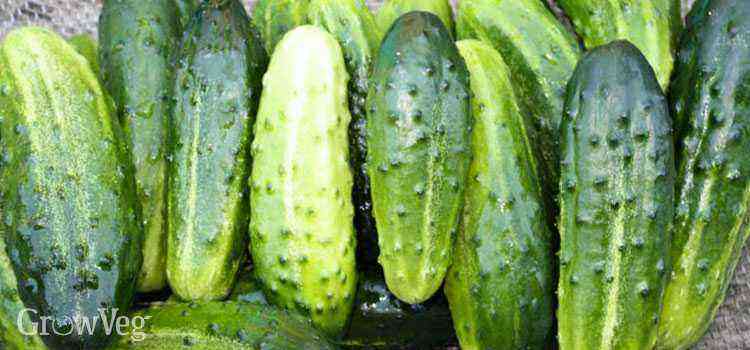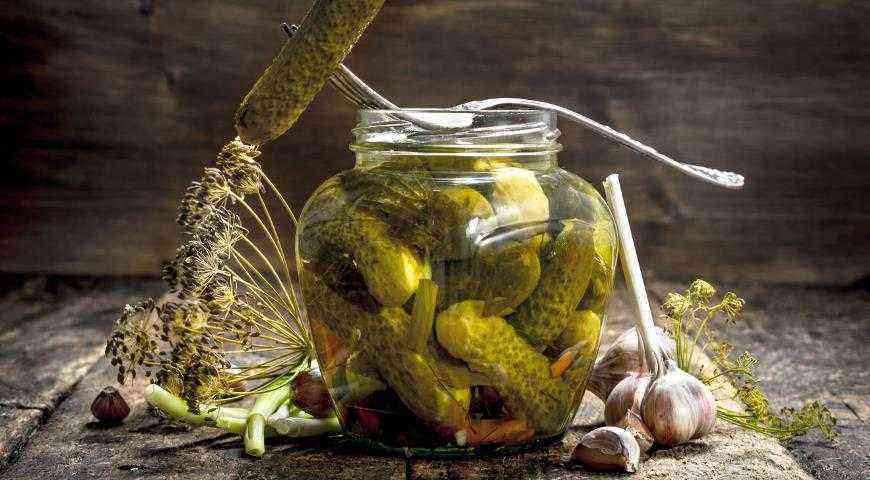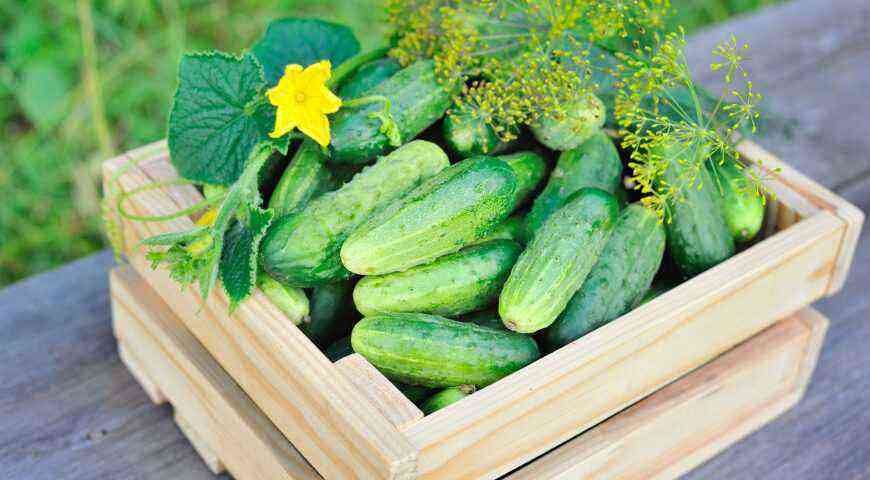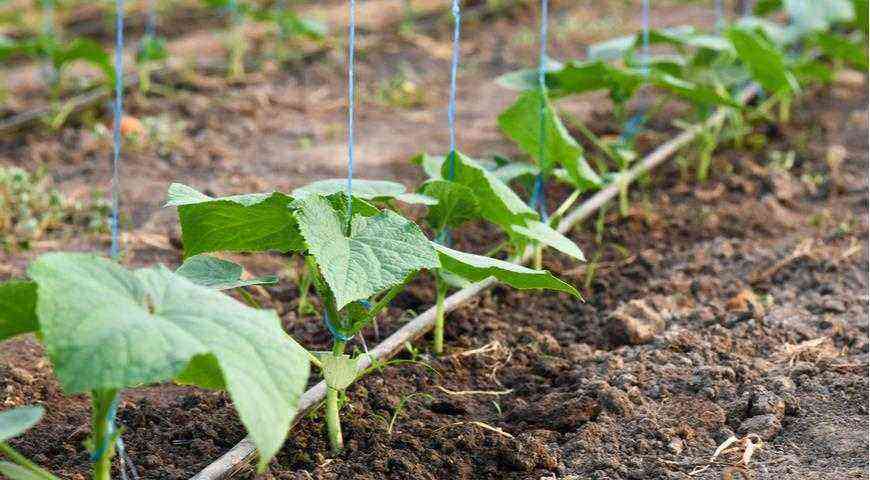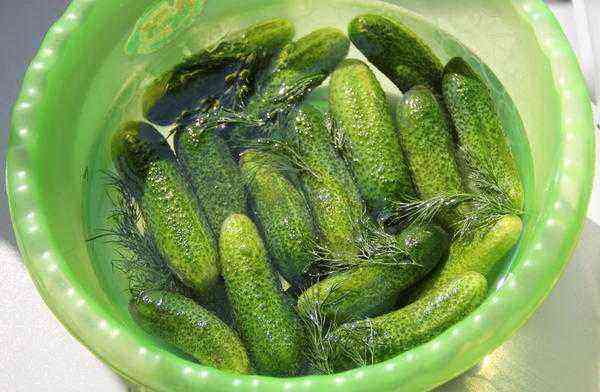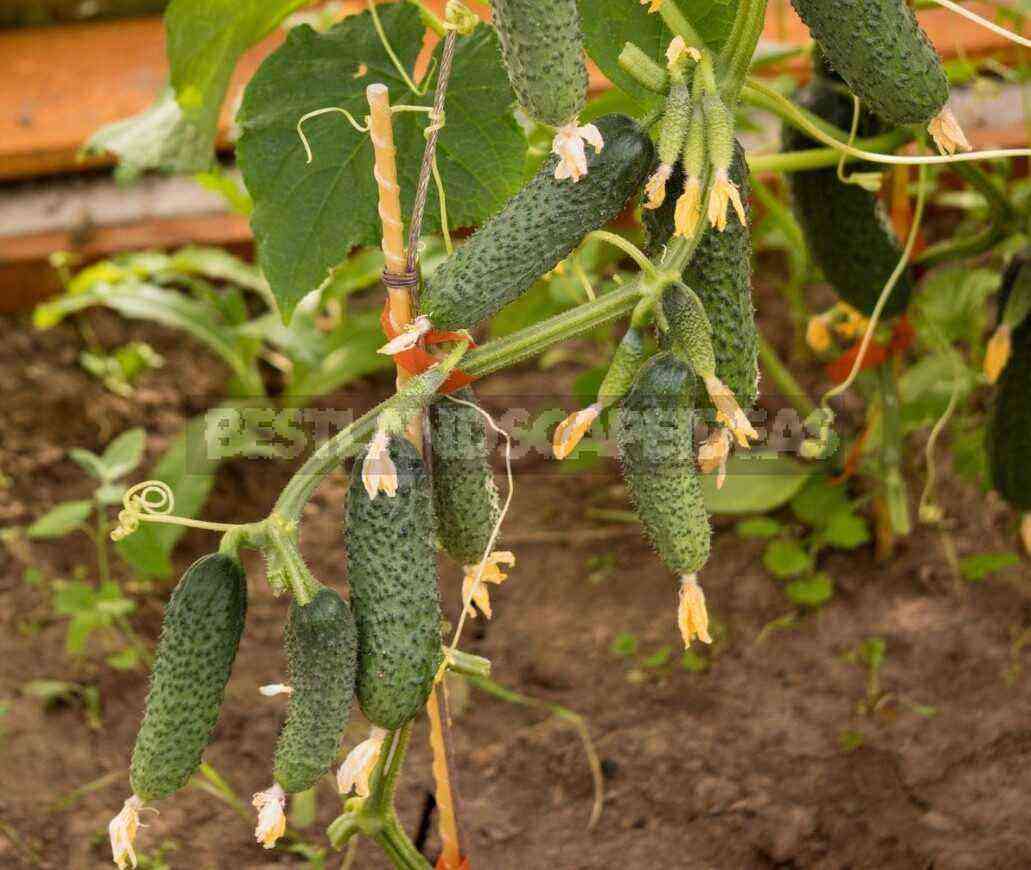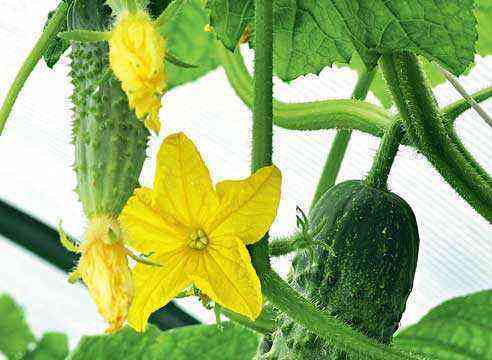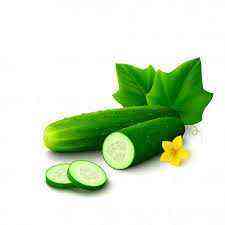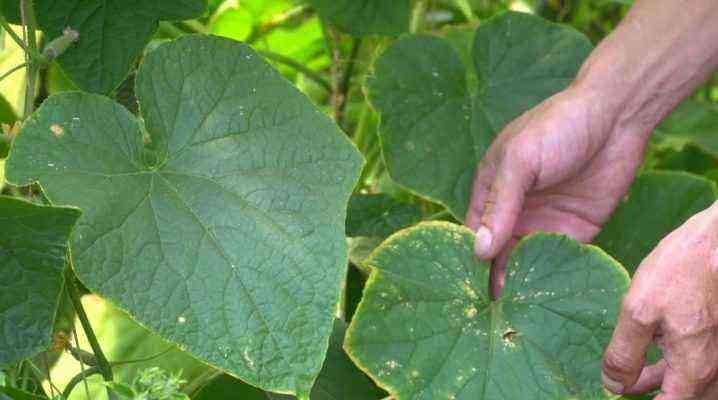It is believed that everyone knows how to grow cucumbers and there is nothing complicated about it. However, to get a really good harvest of high-quality greens, you still have to try. It is advisable to take into account the characteristics of the culture, as well as listen to the advice of professional agronomists.
Cucumbers in the open field. Photo: Gavrish
Cucumbers are used fresh in the phase of technical ripeness – 7-12-day greens, so it is important that they are healthy and have a good taste and appearance. Agree that soft, hooked, bitter fruits are not suitable for salad or pickling. To avoid such troubles, you need to get to know the biology of the plant in more detail, select the appropriate varieties and strictly follow agricultural practices.
Seedling time: we calculate the sowing time
Cucumber is one of the most heat-loving crops, but due to its precocity, it can be grown both by direct sowing in the ground and through seedlings. If you want to get an early harvest in the conditions of our short summer, you cannot do without seedlings.
Seedling of cucumbers. Photo: Gavrish
High and long-term illumination is the basis for obtaining high-quality planting material. Summer residents are forced to use window sills, verandas, balconies for growing seedlings. It is advisable to arrange seedling boxes on the south side, but often there is no choice.
Very important correctly calculate the time of sowing seedsso that the seedlings do not overgrow or remain undergrown. Sowing time for cucumber seedlings depends on the timing of its landing in open ground or greenhouse. By this time, you need to get seedlings of optimal age. Late sowing leads to a delay in development and the forced use of plants that have not matured for planting, and too early – stretched out.
It is customary to plant 20-25-day-old seedlings in the ground after spring frost, and the last return colds in central Russia also occur in early June – until about 8-10 days. If it is planned to plant cucumbers in film greenhouses or under good covering materials, then it starts earlier – in mid-May. This means that sowing seeds for seedlings should be started in the second or third decade of April.
Choosing varieties and hybrids of cucumbers
Experienced gardeners, of course, have already chosen suitable varieties or hybrids for themselves and stocked up on seeds.
Variety ‘Ambassador’ from the agricultural company “Gavrish”
If you didn’t have time to do this, here are some tips from the agronomists of the Gavrish company:
- For those who love universal, trouble-free cucumbers in any conditions (for pickling, pickling, fresh consumption), you should pay attention to parthenocarpic hybrids of cucumber, such as ‘F1 Midget’, ‘F1 Emerald Earrings’, ‘F1 Red Mullet’, ‘F1 Garland’, ‘F1 Zyatek’, ‘F1 Mother-in-law’, ‘F1 Shchedryk’ – predominantly female type of flowering and with bouquet formation of the crop. Parthenocarpic or self-pollinating hybrids do not require pollinators, form several ovaries at each node, are more adapted to our “unpredictable” weather and are resistant to most diseases. You could already learn about some of them from the article Most-most: the best hybrids of cucumbers from the Gavrish agricultural company.
- For lovers classic pickled cucumbers with dark spikes suitable hybrids ‘F1 Farm’, ‘F1 Pososhok’, ‘F1 Cellar’, ‘F1 Ambassador’, ‘F1 Zashka’ with a high degree of saturation with female flowers. These hybrids are suitable for outdoor cultivation, have a long fruiting period and will not let even beginner summer residents down.
Preparing the seeds for sowing
After choosing a variety or hybrid for his plot, the gardener should pay special attention to the seeds. We have already said more than once that seeds should be purchased from well-known, reputable companies so that there are no problems with the harvest in the future. Manufacturers guarantee the quality of seed material and bring to the market only the best varieties and hybrids that have been tested more than once and received good reviews from buyers.
Seeds of cucumbers from the company “Gavrish”
In 1 g of cucumber seeds – from 40 to 85 pieces, depending on the variety and class of seeds. Before sowing, they must sort, selecting large, full-bodied, not injured. And frail, broken and ugly – throw away. Cucumber seeds remain viable for 6-8 years, and three-four-year-old seeds are most productive.
When sown at home, seeds can be germinated, however, treated or encrusted seeds (they are colored) should be sown dry and then watered abundantly.
Agronomist’s advice
- Drained seeds cucumber, pepper, tomato and other crops never soak, because during the soaking period, the encrustation is washed off from them along with fertilizers, pesticides, and after sowing they remain practically defenseless against pathogens of various diseases and pests. These seeds should be sown dry.
- When seeds are soaked in water change it every 5-6 hours. Do not keep seeds in water for more than 24 hours in a row!
- When soaking seeds in gauze, on filter paper constantly monitor the moisture of these materials (after all, even short-term and slight drying will lead to the death of the seeds) and rinse more often in water in order to avoid fermentation and prevent the seeds from becoming moldy.
- You can soak the seeds of cucumbers in the new preparation “Baktofit” (from root rot) for 3-6 hours, followed by drying. Or for 2 hours in a solution of “Alirin B” + “Gamair” – to combat fungal diseases.
Sowing seeds and caring for seedlings
Cucumbers do not tolerate transplanting, therefore, the prepared seeds are sown directly into glasses – peat, plastic, from a thick film without a bottom – with a diameter of 8-10 cm and the same height, with a volume of 0,5-0,8 liters. Nutrient mixture fall asleep in pots 1 cm below the edge. You can buy it at the store or make it yourself. Apply mixtures of the following compositions (in parts):
- lowland peat – 5-7, humus – 3;
- humus – 1, turf or garden land – 2;
- peat – 5, humus – 1, sawdust – 1;
- humus – 4, sod land – 2, sawdust – 1;
- peat – 6, turf or garden land – 1, humus – 1, mullein – 1;
- lowland peat – 3, soddy land – 2, rotted compost from household waste, plant residues and waste – 4, sawdust or coarse sand – 1.
There can be many options for soil mixtures; each summer resident has his own recipe that has been proven over the years.
The mixture is poured with warm water, a hole 1,5-2,0 cm deep is made in the center of the glass, 2 germinated or dry seeds are sown and covered with earth. After sowing, the pots are again watered with water, but carefully so as not to wash the seeds. Cover with a film and maintain a temperature of + 25 … + 28 ° C until germination. When shoots appear, the shelter is removed and the temperature is reduced to + 18 … + 20 ° С.
You need to know the following:
- The optimum temperature for seed germination is +25°C. At lower temperatures, the seed coat swells and rots.
- When sown in soil warmed up to +20°C, seedlings appear after 5 days, up to +15…+18°С – after 10 days.
- During the cultivation of seedlings, it is important to maintain a temperature of + 20 … + 25 ° C during the day and + 18 … + 20 ° C – at night. The difference between day and night air temperatures ensures good development of the root system and stimulates the generative development of the plant.
Seedlings of cucumbers in the phase of cotyledon leaves. Photo: Gavrish
During the cultivation of seedlings, 1-2 times sprinkle soil or nutrient mixture under the plants and carry out top dressing:
- The first – during the formation of the 2nd true leaf (5-10 g of ammonium nitrate per 10 liters of water).
- To increase the cold resistance of seedlings, a second top dressing should be carried out before planting: 15-30 g of potassium sulfate and 40-60 g of superphosphate per 10 liters of water.
It should be remembered that watering cucumbers with cold water (below soil temperature) will lead to the death of root hairs and the death of the entire plant.
Stronger and more resilient plants are obtained by watering seedlings with a 0,15% solution of complex mineral fertilizers. This will not lead to “fatting” of plants, on the contrary, they will turn out to be more compact, strong, with an active root system. If it became necessary to postpone the planting date for several days, it is necessary to reduce the growing temperature to +17 … + 18 ° C during the day and + 15 … + 16 ° C at night. In addition, dry the substrate or water the seedlings with a higher concentration fertilizer solution (0,25-0,30%).
We protect seedlings of cucumbers from diseases
Seedlings should be leveled, which ensures uniform growth and development of plants after planting. Weak, ugly plants, plants with a weak root system are discarded. Standard seedlings should be squat, with short internodes, 25-30 cm high, with 5-6 true dark green leaves and a well-developed root system.
Agronomist’s advice
- In the phase of 2-4 true leaves, we spray with Farmiod (2 ml per 10 l of water) and spill the seedlings with a 0,15% Fitolavin solution (15 ml per 10 l of water).
- Repeated treatments with “Pharmaiod” (3 ml per 10 l of water) and “Fitolavin” (20 ml per 10 l of water) will be required 10-14 days after planting the seedlings in a permanent place.
- 5-7 days before planting, the plants begin to harden, taking them out into the open air (balcony) or ventilating the room.
Planting seedlings in the ground
We have already decided on the approximate dates for planting seedlings, here a lot depends on weather conditions and the availability of shelters for plants. But before planting seedlings, the soil must be prepared – the necessary fertilizers must be applied to it.
Agronomist’s advice
- In autumn we apply: 40-50 g / m² of double superphosphate, 20-30 g / m² of potassium sulfate, organic fertilizers – 7-10 kg / m²;
- In spring: organic fertilizers in the holes (if not applied in autumn), nitrogen fertilizers – 10-15 g / m², potash and phosphorus – if not applied in autumn.
Another important point prior to planting seedlings – transportation. In order to minimize losses during transportation, it is necessary to stop watering the day before. The water content of the tissues will become less, the plants will be more elastic, less fragile. It is necessary to place seedlings in a container for transportation (box, box) quite tightly so that the seedlings do not move freely, do not fall. If it is cold during transport, a hot water bottle can be placed in the box to warm the plants and provide them with additional shelter.
Choosing a landing pattern
Before planting seedlings, the first thing to decide on the spot is the planting pattern. The choice of optimal standing density is very important. In unheated greenhouses, it is recommended to plant up to 3 plants per 1 m². You can place them in the garden in one or two lines, while the distance between the lines should be about 40-50 cm, but the distance between the plants inside the line can be determined by yourself, based on the area of the greenhouse.
Cucumbers in a greenhouse. Photo: Gavrish
Agronomist’s advice
For example, in a greenhouse with an area of 20 m² with a planting density of 3 pcs / m², 60 plants are placed. In the greenhouse there are 2 beds in two rows – that is, 4 lines with plants. This means that each contains 15 plants. Let’s say the length of the greenhouse is 8 m, which means that the distance between plants in a row is about 50 cm. You can plant plants in adjacent rows in a checkerboard pattern, which will facilitate care and lighting conditions.
On the marked ridges, it is worth digging holes for the size of the seedling container. If fertilizers were not applied in advance, then now is the time to correct the situation, especially for organics. The wells should be well shed, but not flooded, as plants do not take root well in highly moistened wells due to lack of oxygen.
Planting is a very crucial moment, because the plants are very fragile. If the seedlings grow in a pot, then it must be carefully turned over and lightly tapped on the bottom, holding the seedlings with your hand. This will allow you to pull out the plant with a clod of earth. You can’t pull on the crown: in this case, either the roots or the crown will break.
Seedlings should be placed in the hole in such a way that the earthen clod is slightly higher or level with the bed. It is not worth burying the plants, even if the seedlings are overstretched – in this case it must be planted at an angle. A slight deepening up to 1-2 cm is allowed only in very healthy and strong seedlings.
After planting, even in a greenhouse, it may be necessary frost protection. The easiest way to protect fragile seedlings is additional shelter. However, you can use other types of heating: turn on radiators, incandescent lamps – however, they are not always safe.
There are other, more original methods, when vegetable growers use large stones and water containers heated during the day, and in some cases small compost heaps are placed on the paths, which release heat during overdrying.
Agronomist’s advice
Seedlings planted in open ground need protection from the wind. On well-fertilized soils, it is advisable to grow cucumbers along with other early ripe crops – lettuce, radishes, onions for feathers, dill for greens. On one bed, you can plant kohlrabi or radish along the edges, and closer to the center – lettuce and cucumber seedlings. Thus, a favorable climate is created for cucumbers, and an additional green crop can be harvested. You can choose crops suitable for such plantings in the Duet-Good Neighbors series from the Gavrish company.
Seeds of vegetable crops from the series “Duet-Good neighbors” from the company “Gavrish”
All the intricacies of growing our favorite cucumbers cannot be told in one article. Our advice to gardeners is to read special literature, follow the news and be attentive to your plants. Good harvests!
Irina Vladimirovna Lipilina, candidate of agricultural sciences, agronomist,
group of companies “Gavrish”.
